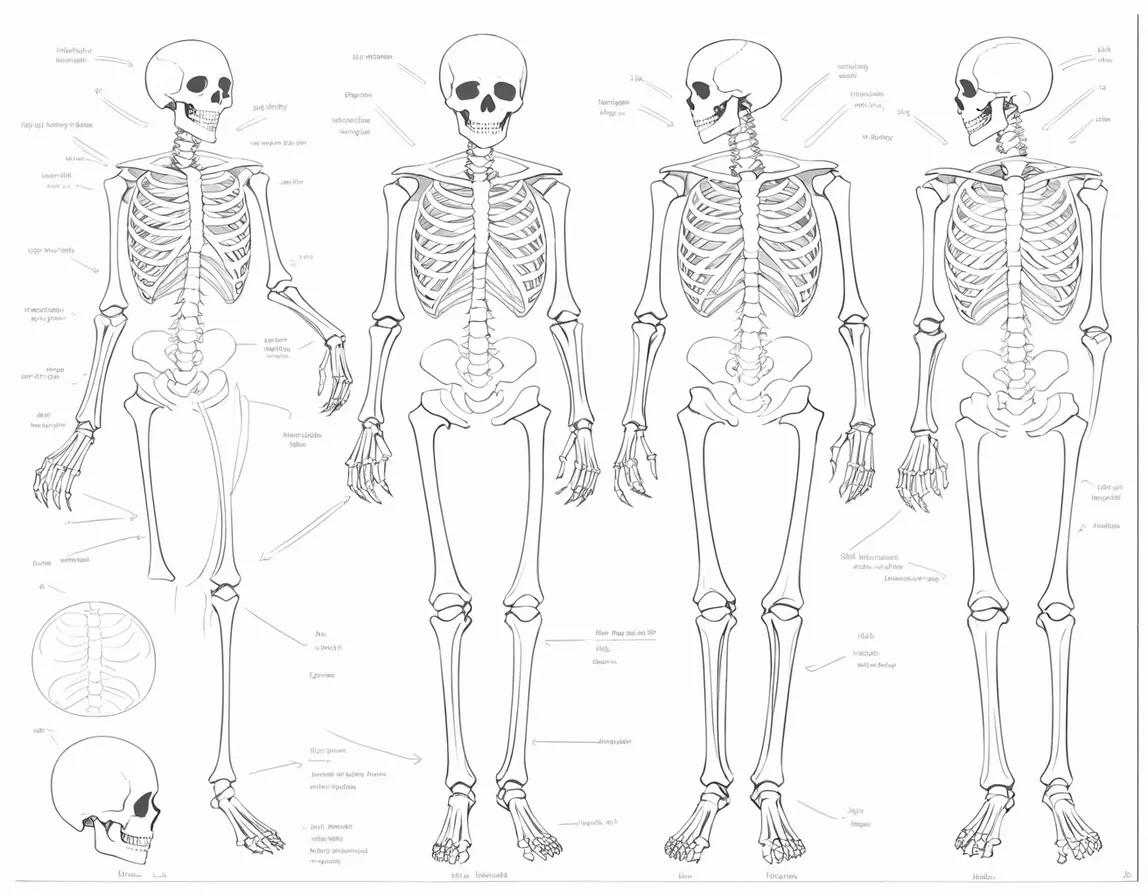
The human ear is a sophisticated organ that plays an important part in our capacity to hear as well as our capacity to keep our equilibrium. The outer ear, the middle ear, and the inner ear are the three primary components that make up this structure.
Outer Ear
The pinna, the ear canal, and the eardrum are the components that make up the outer ear. The pinna, also called the auricle, is the visible portion of the ear that assists in the collection of sound waves and the channeling of those waves into the ear canal. Earwax is produced by glands that are lined with small hairs and are found in the ear canal, which is a tube-like structure that is quite thin. The eardrum, which is also known as the tympanic membrane, is a membrane that divides the outer ear from the inner ear and is made to vibrate as sound waves pass through it.
Ossicles, or the Three Little Bones That Make Up the Middle Ear The three little bones that make up the middle ear are called the ossicles, and they are placed between the eardrum and the inner ear. The malleus, incus, and stapes are the three ossicles that are located behind the eardrum and are responsible for amplifying and transmitting sound waves to the inner ear.
Inner Ear
The cochlea and the vestibular system make up the inner ear, which is the most complicated section of the ear. The vestibular system is responsible for balance and equilibrium. The cochlea is a snail-shaped device that is filled with fluid and includes thousands of very small hair cells. These hair cells are responsible for converting sound vibrations into electrical signals, which are then transmitted to the brain via the auditory nerve. The semicircular canals and the otolith organs are both components of the vestibular system, which is responsible for maintaining balance and providing spatial orientation to the body.
Auditory Processing System
When sound waves enter the outer ear, they are then guided into the ear canal, which is the first step in the process of hearing. The sound waves will then hit the eardrum, which will cause it to vibrate as a result. These vibrations are transferred to the cochlea in the inner ear by way of the ossicles. The sound vibrations are transformed into electrical signals by the hair cells that are located in the cochlea, and these signals are then transmitted to the brain via the auditory nerve. After that, the brain gives these impulses the impression of being sounds.
Hearing Impairment
It is possible to suffer from hearing loss if any part of the ear is injured or is not operating as it should. Exposure to loud noise, aging, ear infections, and the use of certain medications are just few of the typical factors that can lead to hearing loss. Hearing loss can range from being very slight to extremely severe. Depending on the degree of hearing loss, hearing aids, cochlear implants, or other technologies may be used to treat the condition.
To summarize, the human ear is a unique organ that not only enables us to hear but also helps us to keep our equilibrium. When we have a better understanding of the structure and function of the ear, we are better able to comprehend how important it is to take care of our hearing and seek therapy if we suspect that we may be losing it.



















